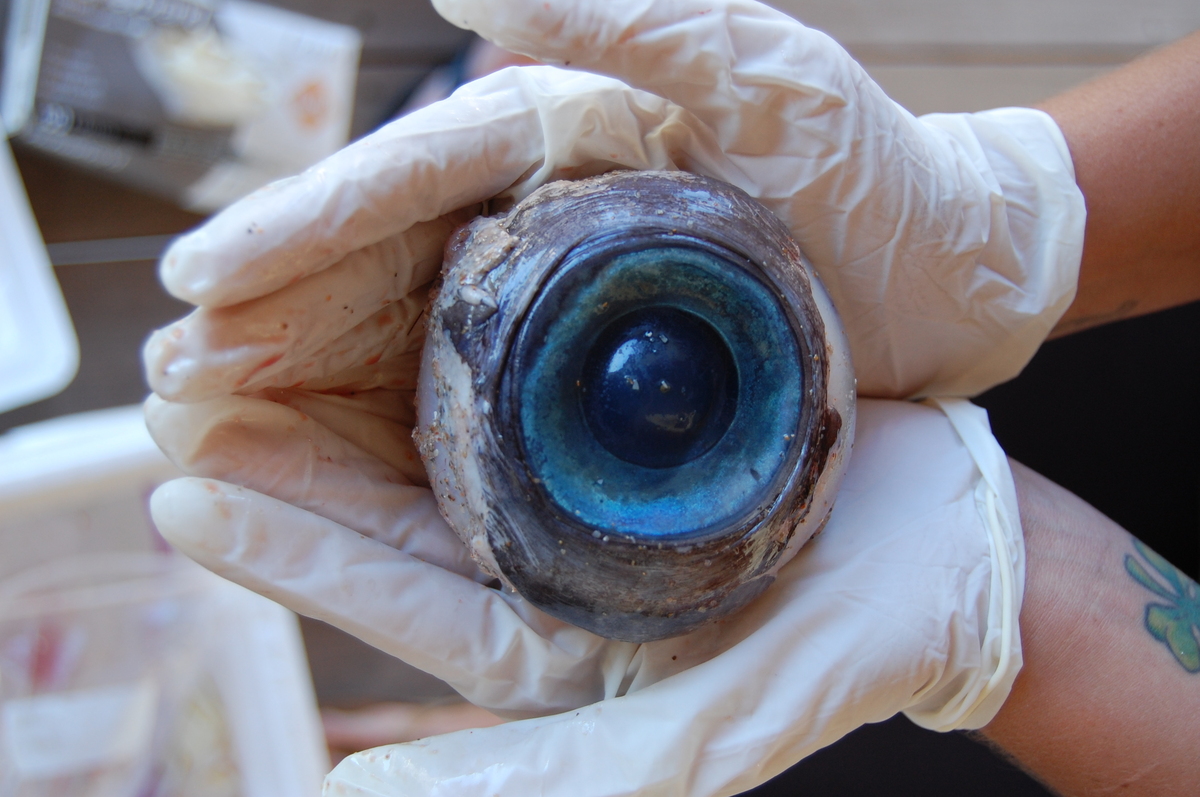1981
As to the whole Southern strategy that Harry S. Dent, Sr. and others put together in 1968, opposition to the Voting Rights Act would have been a central part of keeping the South. […] You start out in 1954 by saying, “Nigger, nigger, nigger.” By 1968 you can’t say “nigger” — that hurts you. Backfires. So you say stuff like forced busing, states’ rights and all that stuff. You’re getting so abstract now [that] you’re talking about cutting taxes, and all these things you’re talking about are totally economic things and a byproduct of them is [that] blacks get hurt worse than whites. And subconsciously maybe that is part of it. I’m not saying that. But I’m saying that if it is getting that abstract, and that coded, that we are doing away with the racial problem one way or the other. You follow me — because obviously sitting around saying, “We want to cut this,” is much more abstract than even the busing thing, and a hell of a lot more abstract than “Nigger, nigger.”
– Lee Atwater, former Republican strategist and national chairman
2012
I guess I really actually feel we shouldn’t contort the voting process to accommodate the urban — read African-American — voter-turnout machine. Let’s be fair and reasonable.
– Doug Preisse, chairman of the Franklin county or Ohio Republican Party
The voter suppression tactics to disenfranchise minorities and the elderly across Ohio, Pennsylvania, and Florida is just so goddamn transparent it’s not even funny.







